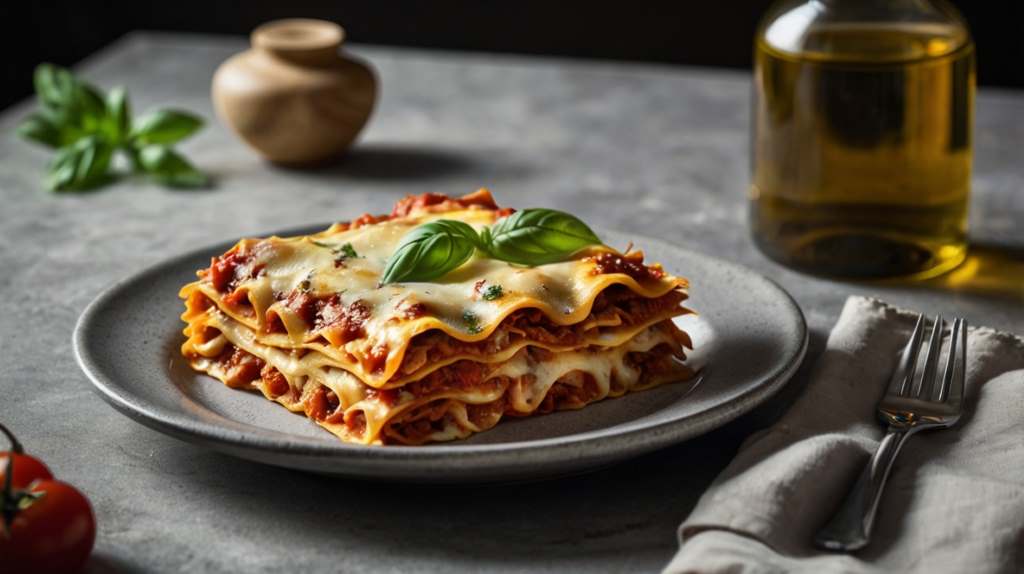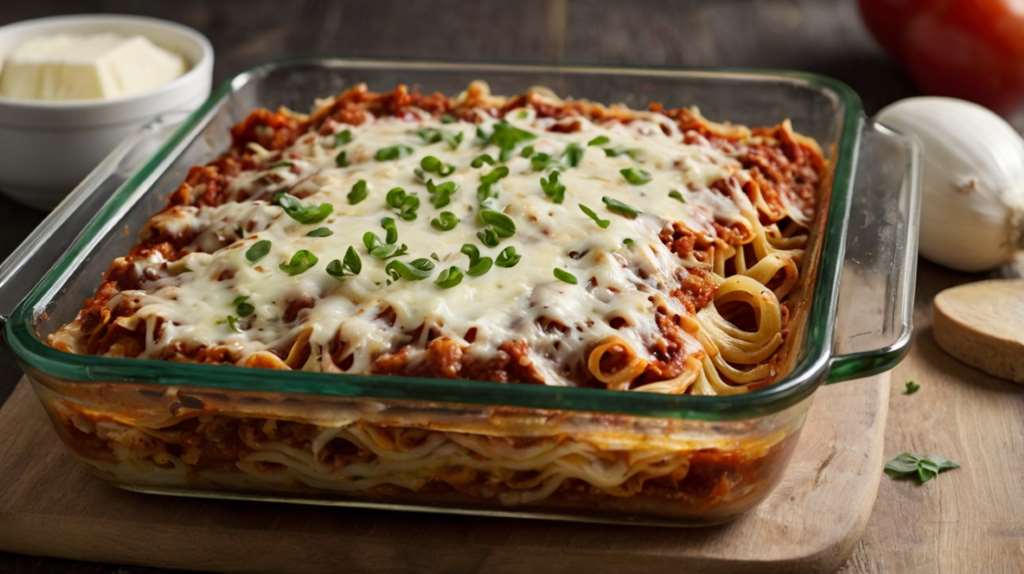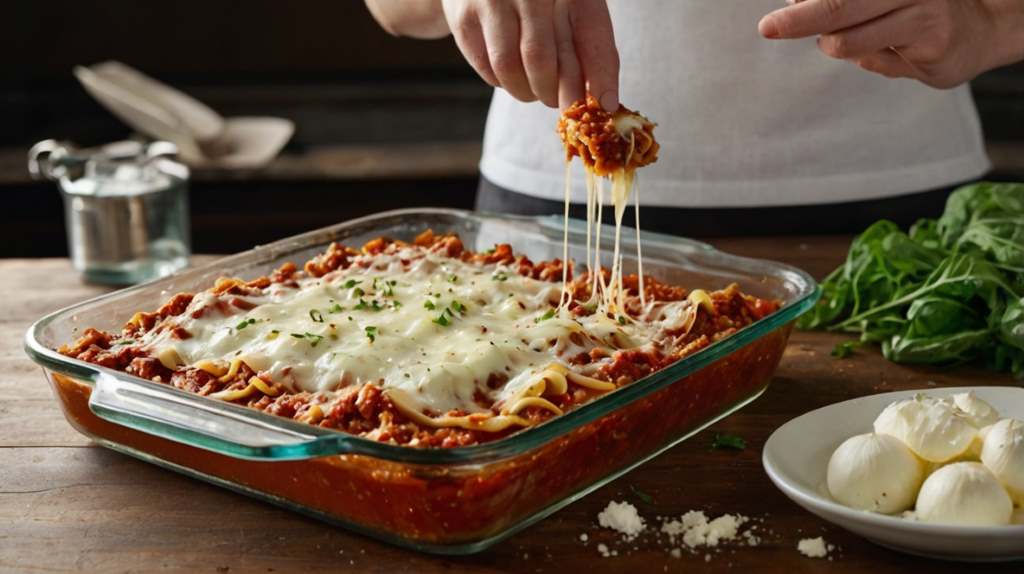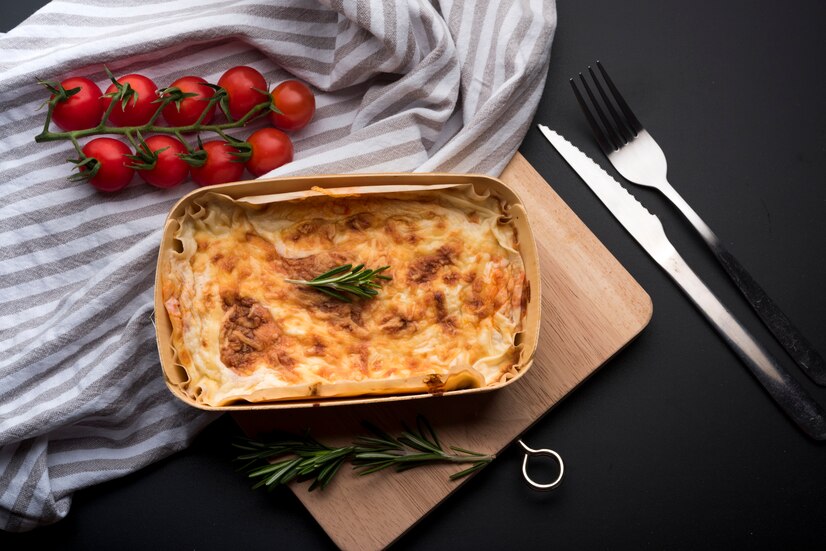Lasagna is one of those dishes that feels like a warm hug. It’s comforting, delicious, and perfect for any occasion. But how long should you cook lasagna to get that perfect balance of gooey cheese, tender noodles, and flavorful sauce? Let’s dive into the details and make sure your lasagna turns out just right every time.
The Basics of Cooking Lasagna
Cooking lasagna isn’t rocket science, but it does require some attention to detail. The cooking time can vary depending on a few factors, such as the type of noodles you use, the thickness of your layers, and whether your ingredients are pre-cooked or raw.
Prepping Your Ingredients
Before we get into the cooking time, let’s talk about prepping your ingredients. You want to make sure everything is ready to go before you start assembling your lasagna. Here’s a quick rundown:
- Noodles: You can use traditional boiled noodles or oven-ready noodles. Boiled noodles need to be cooked until al dente, while oven-ready noodles can go straight into the dish.
- Sauce: Whether you’re using a homemade sauce or a store-bought one, make sure it’s flavorful and not too watery.
- Cheese: A mix of ricotta, mozzarella, and Parmesan works best. Make sure your cheese is shredded and ready to go.
- Meat and Veggies: If you’re adding meat or vegetables, cook them beforehand. Ground beef, sausage, spinach, and mushrooms are popular choices.
Assembling Your Lasagna
Once your ingredients are prepped, it’s time to assemble your lasagna. This is where the magic happens. Layering is key to a perfect lasagna. Start with a layer of sauce at the bottom of your baking dish to prevent sticking. Then, follow this order:
- Sauce
- Noodles
- Ricotta mixture
- Meat/veggies
- Mozzarella
- Repeat until you reach the top of your dish
Finish with a generous layer of mozzarella and a sprinkle of Parmesan.
Cooking Time and Temperature
Now, let’s get to the main event: cooking your lasagna. The general rule of thumb is to bake your lasagna at 375°F (190°C) for about 45 minutes to an hour. Here’s a more detailed breakdown:
Traditional Boiled Noodles
If you’re using traditional boiled noodles, cover your lasagna with aluminum foil and bake for 45 minutes. This helps to keep the moisture in and ensures even cooking. After 45 minutes, remove the foil and bake for an additional 10-15 minutes. This will give you a nice, golden-brown top.
Oven-Ready Noodles
Oven-ready noodles are a bit more convenient since you don’t have to boil them first. However, they do require a bit more liquid to cook properly. Follow the same steps as above, but you might need to add an extra 10 minutes to the covered cooking time to ensure the noodles are fully cooked.
Frozen Lasagna
If you’re cooking a frozen lasagna, you’ll need to adjust the cooking time. Bake at 375°F (190°C) for about 90 minutes, covered. Then, uncover and bake for an additional 10-15 minutes. Make sure to check the internal temperature; it should reach 165°F (74°C) to ensure it’s fully cooked.
Read Also: Three Things to Keep you Healthy in the Winter
Tips for Perfect Lasagna
Cooking lasagna is an art, and like any art, it takes practice. Here are some tips to help you master the perfect lasagna:
Let It Rest
After you take your lasagna out of the oven, let it rest for at least 15 minutes. This allows the layers to set and makes it easier to cut and serve. Think of it like letting a cake cool before frosting it.
Use a Baking Sheet
Place your lasagna dish on a baking sheet before putting it in the oven. This catches any spills and makes cleanup a breeze. Plus, it helps distribute the heat more evenly.
Don’t Overload the Layers
While it might be tempting to pile on the ingredients, less is often more. Overloading the layers can make your lasagna soggy and difficult to cook evenly. Aim for thin, even layers for the best results.
Experiment with Flavors
Don’t be afraid to get creative with your lasagna. Try different types of cheese, add some fresh herbs, or mix up the meat and veggies. The possibilities are endless, and experimenting can lead to some delicious discoveries.
Common Mistakes to Avoid
Even the best cooks can make mistakes. Here are some common pitfalls to watch out for:
Too Much Sauce
While sauce is essential, too much can make your lasagna watery. Aim for a balance where the noodles are well-coated but not swimming in sauce.
Undercooked Noodles
If your noodles aren’t fully cooked, your lasagna will be chewy and unpleasant. Make sure to follow the cooking times closely and check the noodles before assembling.
Skipping the Resting Time
Skipping the resting time can result in a messy lasagna that falls apart when you cut into it. Patience is key, so let it rest before serving.
Conclusion
Cooking lasagna is a rewarding experience that brings comfort and joy to the table. By following these tips and paying attention to the details, you can create a lasagna that’s perfectly cooked and bursting with flavor. Remember, practice makes perfect, so don’t be afraid to experiment and make the recipe your own.





